Introduction: The Art of Scent Personalization
In the world of fragrance, individuality reigns supreme. We all seek that signature scent that reflects our personality, mood, and style. While pre-blended perfumes offer a wide array of options, true fragrance enthusiasts often explore the art of layering to create a truly unique and personalized olfactory experience. This is where perfume atomizers become indispensable tools, offering precision and control in the layering process.
Layering, at its core, involves combining two or more fragrances to create a new, complex scent profile. It’s a dynamic process that allows you to customize your fragrance for any occasion, weather, or even your own evolving preferences. But without the right tools, layering can become a messy and imprecise endeavor. This is where perfume atomizers shine.
Understanding Perfume Atomizers: Precision and Portability
A perfume atomizer, in its simplest form, is a small, refillable spray bottle designed to hold and dispense fragrance. But it’s much more than just a miniature version of your favorite perfume bottle. The key benefits of using perfume atomizers for layering include:
- Precision Application: Atomizers deliver a fine mist, allowing for precise control over the amount of fragrance applied. This is crucial for layering, as you want to avoid overpowering one scent with another.
- Portability: Carrying multiple full-sized perfume bottles is impractical. Atomizers allow you to decant small amounts of your favorite fragrances and take them with you for touch-ups or on-the-go layering.
- Experimentation: Atomizers make it easier to experiment with different fragrance combinations without committing to spraying large amounts from your main bottles. This allows you to discover new and exciting scent pairings.
- Preservation: By decanting fragrance into an atomizer, you minimize the exposure of your main perfume bottle to air and light, which can degrade the scent over time.
- Affordability: Instead of buying multiple expensive full-sized bottles of perfume to experiment with layering, atomizers let you sample and mix with fragrances you already have.
The Science of Scent Layering: Building Your Fragrance Palette
Layering isn’t just about spraying different perfumes on top of each other. It’s about understanding how different scent families interact and complement each other. Here are some key principles to consider:
- Fragrance Families: Familiarize yourself with the basic fragrance families – floral, woody, oriental, citrus, and aromatic. Understanding these categories will help you predict how different scents will blend.
- Top, Middle, and Base Notes: Every perfume has a top note (the initial impression), a middle note (the heart of the fragrance), and a base note (the lingering scent). Consider how these notes will interact when layered.
- Start Simple: Begin with two fragrances and gradually add more complexity as you gain experience.
- Consider the Concentration: Eau de parfums (EDP) are more concentrated than eau de toilettes (EDT) and will have a stronger impact on the layered scent. Adjust your application accordingly.
- Test Before You Commit: Spray your layered combination on a test strip or on your skin (if you’re not allergic) and allow it to develop over several hours before committing to wearing it.
Layering Techniques: From Subtle Enhancements to Bold Statements
There are several techniques you can use to layer your fragrances:
- The Foundation: Start with a base fragrance that is simple and neutral, such as a single-note vanilla or sandalwood. This will provide a foundation for other scents to build upon.
- The Complement: Choose a fragrance that complements the base note and enhances its qualities. For example, you could pair a vanilla base with a citrusy top note for a refreshing and uplifting scent.
- The Accent: Add a third fragrance to provide a unique accent or twist. This could be a spicy, floral, or woody scent that adds complexity and depth.
- The Same Scent Family: Layering fragrances within the same scent family (e.g., different floral scents) can create a richer, more nuanced version of that scent.
- The Contrasting Layer: Introduce a contrasting fragrance to create a more daring and unexpected combination. For example, pairing a sweet floral with a smoky leather can create a bold and intriguing scent.
Application Techniques:
- Spray Points: Focus your sprays on pulse points – wrists, neck, behind the ears – as these areas generate heat and help diffuse the fragrance.
- Layering Order: Generally, apply the heavier, longer-lasting fragrance first, followed by the lighter, more volatile fragrance.
- Distance: Hold the atomizer a few inches away from your skin to ensure an even application.
- Less is More: Start with a small amount of each fragrance and gradually increase the amount until you achieve the desired effect. Remember, you can always add more, but it’s difficult to take away.
Perfume Atomizers: Choosing the Right One for Your Needs
Not all atomizers are created equal. Here are some factors to consider when choosing a perfume atomizer for layering:
- Material: Glass atomizers are generally considered the best option, as they are inert and won’t react with the fragrance. Plastic atomizers are more affordable and durable, but they may leach chemicals into the fragrance over time.
- Size: Choose a size that is appropriate for your needs. Smaller atomizers (2-5ml) are ideal for carrying in your purse or for sampling fragrances. Larger atomizers (10-15ml) are better for decanting larger amounts of your favorite fragrances.
- Spray Mechanism: Look for atomizers with a consistent and fine mist spray. This will ensure that you apply the fragrance evenly and avoid overspraying.
- Leak-Proof Design: Choose an atomizer with a secure closure to prevent leaks and spills.
- Ease of Refilling: Some atomizers are easier to refill than others. Look for atomizers with a wide opening or a screw-top design.
Examples of Successful Fragrance Layering Combinations
Here are a few examples to inspire your own layering experiments:
- Vanilla + Citrus: A classic combination that is both sweet and refreshing. Try layering a vanilla base with a grapefruit or orange top note.
- Rose + Oud: A sophisticated and elegant combination. Layer a delicate rose fragrance with a smoky oud for a rich and complex scent.
- Sandalwood + Spice: A warm and inviting combination. Layer a sandalwood base with a spicy fragrance like cinnamon or clove.
- Jasmine + Green Tea: A fresh and invigorating combination. Layer a jasmine fragrance with a green tea scent for a clean and uplifting aroma.
- Leather + Bergamot: A bold and sophisticated combination. Layer a leather fragrance with a bergamot for a modern and intriguing scent.
Conclusion: Unleash Your Inner Perfumer
Perfume atomizers and fragrance layering are a powerful combination that allows you to express your individuality and create a truly unique olfactory signature. By understanding the principles of scent layering and using the right tools, you can unlock a world of fragrance possibilities and transform your perfume collection into a personalized fragrance wardrobe. So, embrace your inner perfumer, experiment with different combinations, and discover the art of scent personalization. The possibilities are endless, and the results can be truly captivating.
FAQs (Frequently Asked Questions)
What is the best way to start layering fragrances?
Start with simple combinations and gradually add complexity. Choose fragrances with complementary scent profiles and test them on a test strip before applying them to your skin.
Can I layer any two fragrances together?
While experimentation is encouraged, some fragrance combinations may clash. Avoid layering fragrances with drastically different scent profiles (e.g., a heavy oriental with a light citrus). Always test before committing.
How much of each fragrance should I use when layering?
Start with a small amount of each fragrance and gradually increase the amount until you achieve the desired effect. It’s better to under-apply than over-apply.
Where should I apply layered fragrances?
Focus on pulse points – wrists, neck, behind the ears – as these areas generate heat and help diffuse the fragrance.
How do I know if my layered fragrance is working?
If you like the way it smells on you and you receive positive feedback from others, then your layered fragrance is a success!
What are some common mistakes to avoid when layering perfumes?
Common mistakes include using too much of each fragrance, layering clashing scents, not testing the combination beforehand, and not considering the concentration of each fragrance.
Are there any resources for learning more about fragrance layering?
Yes, there are many online communities, blogs, and YouTube channels dedicated to fragrance layering. Experiment and find what works best for you.




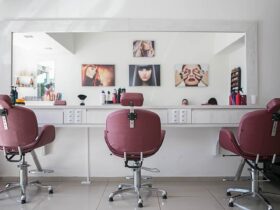



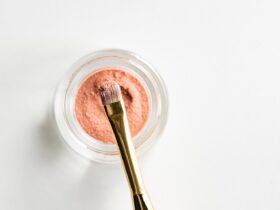

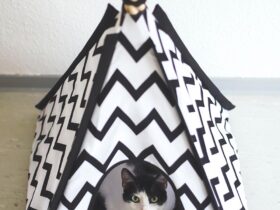
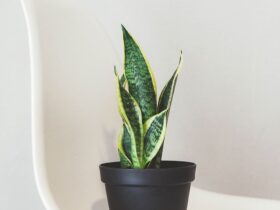



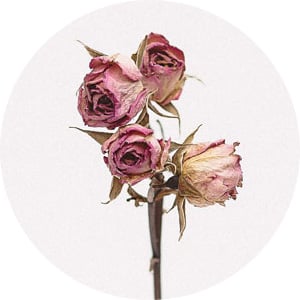
Leave a Reply